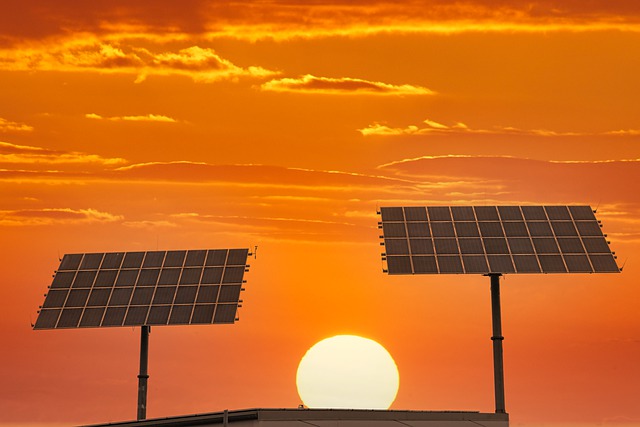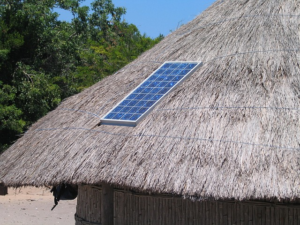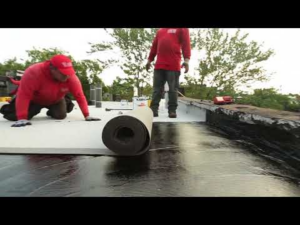
McKinstry and Winona State University (WSU) have partnered on a $12.3 million sustainability and solar energy project. As part of the project, six (6) rooftop solar PV arrays and four (4) solar carports will generate nearly 1.7 MWh each year, making this the largest solar system of its kind at any Minnesota State University System campus.
WINONA, Minn. (Oct. 26, 2021) – McKinstry, a national construction and energy services firm, and Winona State University (WSU), a comprehensive, regional public university with campuses in Winona and Rochester, have started work on a $12.3 million sustainability and solar energy project. This project is the largest energy performance contract project in the Minnesota State University System and will result in annual guaranteed utility and operational cost savings of at approximately $685,000—a 23.8% reduction in utility costs and a total savings of $26 million over the project’s 25-year lifetime.
A key element of the initiative is six rooftop solar photovoltaic (PV) arrays installed at Haake Hall, Helble Hall, Integrated Wellness Complex, Kirkland Hall, McCown Gym, and Wabasha Recreation Center, along with four solar carports in the Integrated Wellness Complex parking lot. The 1.4 MW project will generate almost 1.7 MWh of renewable energy each year, making it the largest solar energy system of its kind at any Minnesota State campus. The on-site solar PV will provide nearly 10% of WSU’s annual electricity consumption while reducing CO2 emissions by 9,670,000 pounds, which is equivalent to driving the average passenger vehicle more than 11 million miles.
“At McKinstry we’re committed to keeping students comfortable while also getting the most for every precious education dollar,” said Scott Maynard, Vice President, Energy & Technical Services – Midwest, for McKinstry. “With this project we’re proud to help WSU become Minnesota State’s most energy efficient university and home to the largest solar energy system at any of its campuses across the state.”
The project is part of a broader comprehensive sustainability and solar initiative for Winona State. The LESS Initiative, which stands for Leading Energy Savings and Sustainability, includes additional elements such as campus-wide lighting upgrades within all buildings and parking lots, Central Plant backup generator upgrades, installation of destrat fans, enhanced water conservation equipment (including irrigation and swimming pool controls), and more. All told, the project will replace 21,000 light fixtures, as well as every toilet, shower head, urinal, and faucet aerator on campus, leading to a huge reduction in electricity consumption (nearly 5 million kWh per year), natural gas consumption (over 225,000 BTUs each year), and water consumption (almost 10 million gallons of water per year).
“We’re excited to partner with McKinstry on this sustainability and solar energy project to reduce WSU’s environmental impact while dramatically improving campus energy and water efficiency,” said Nathan Engstrom, …….






